
Tamarind, only a few steps from the sea
29 September 2016
10 November 2016
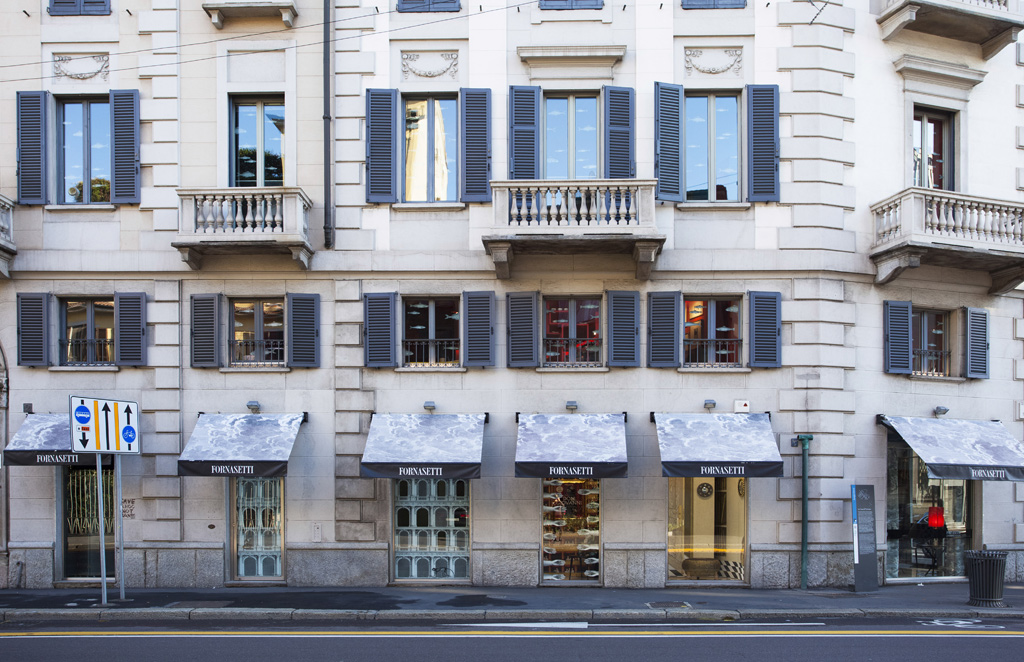
Fornasetti has a new abode on Milan’s Via Venezia. The neoclassical building used to house the young Filippo Tommaso Marinetti, founder of the Futurist movement who within the same walls, created the magazine “Poesia” in 1905. Each of the various rooms, spread over three floors, follows a colour scheme to better feature Fornesettian furnishings and accessories.
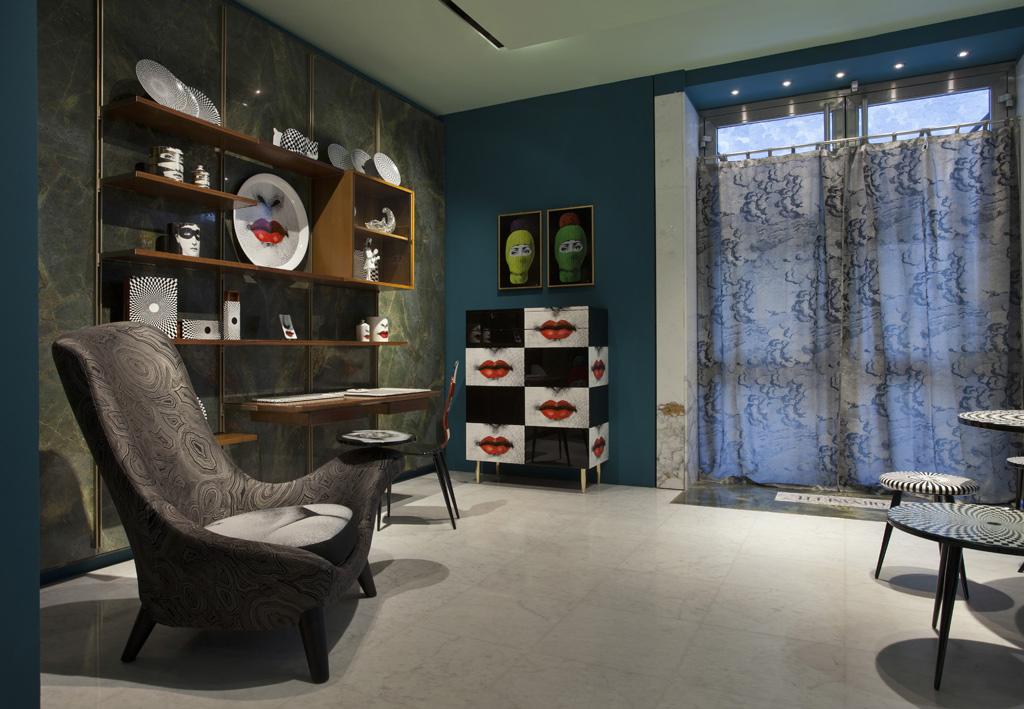
Barnaba has brought Piero Fornasetti’s talent and vision of “imagination, fantasy and creativity” to life generously, as always, personally guaranteeing authenticity when narrating his father’s bizarre visual poetry. Thanks to Barnaba’s exceptional management, Piero’s animated talent, once thriving on Via Brera, has moved to a larger space where its varying examples are perfectly on display.
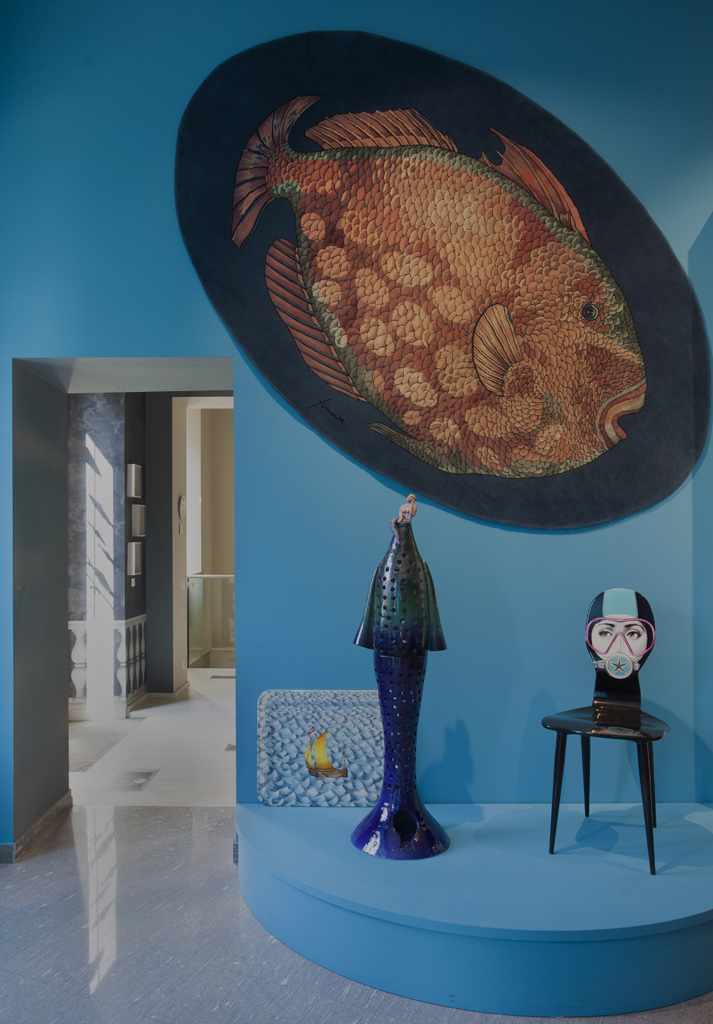
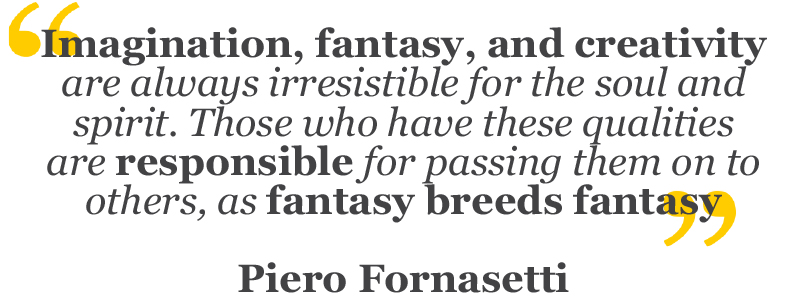
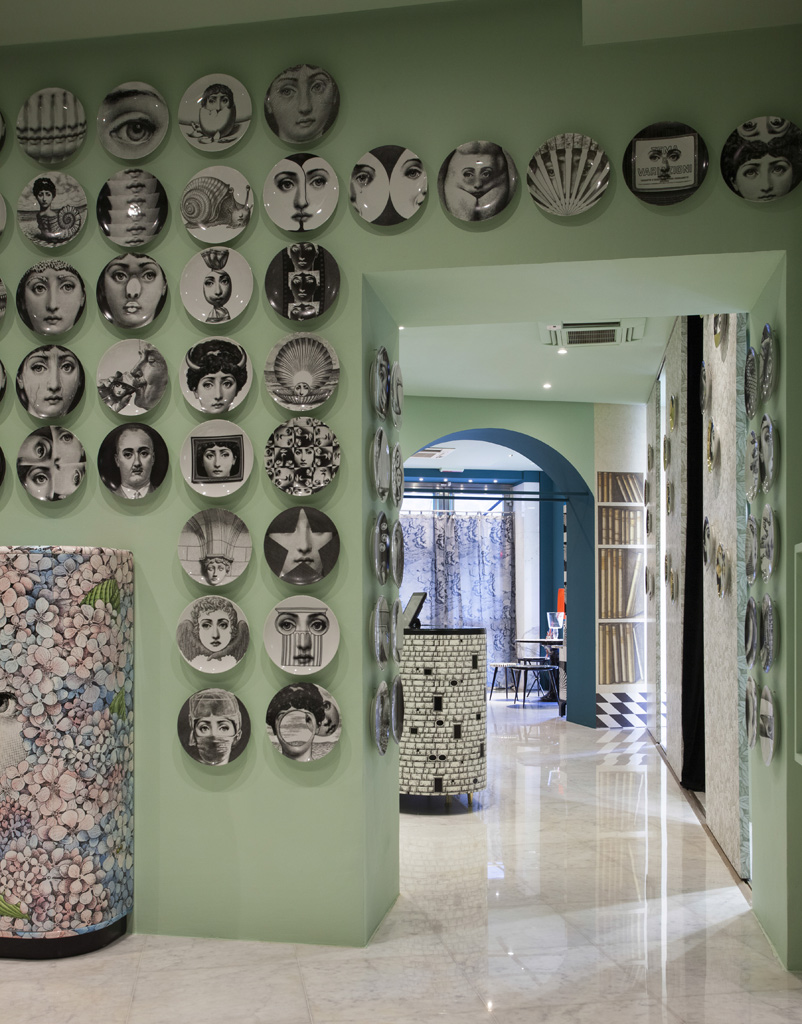
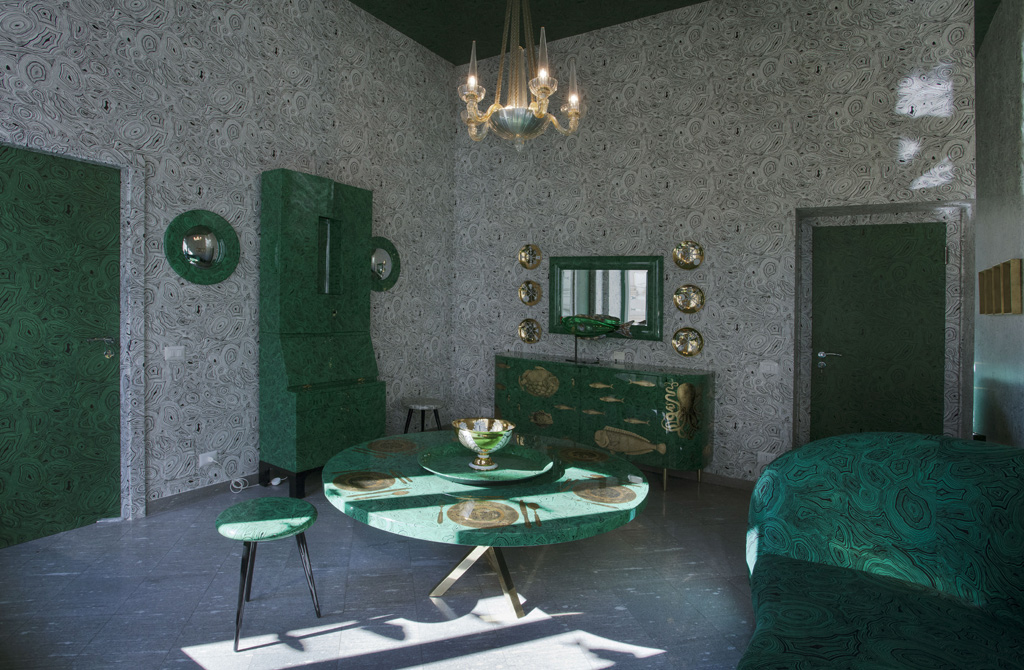
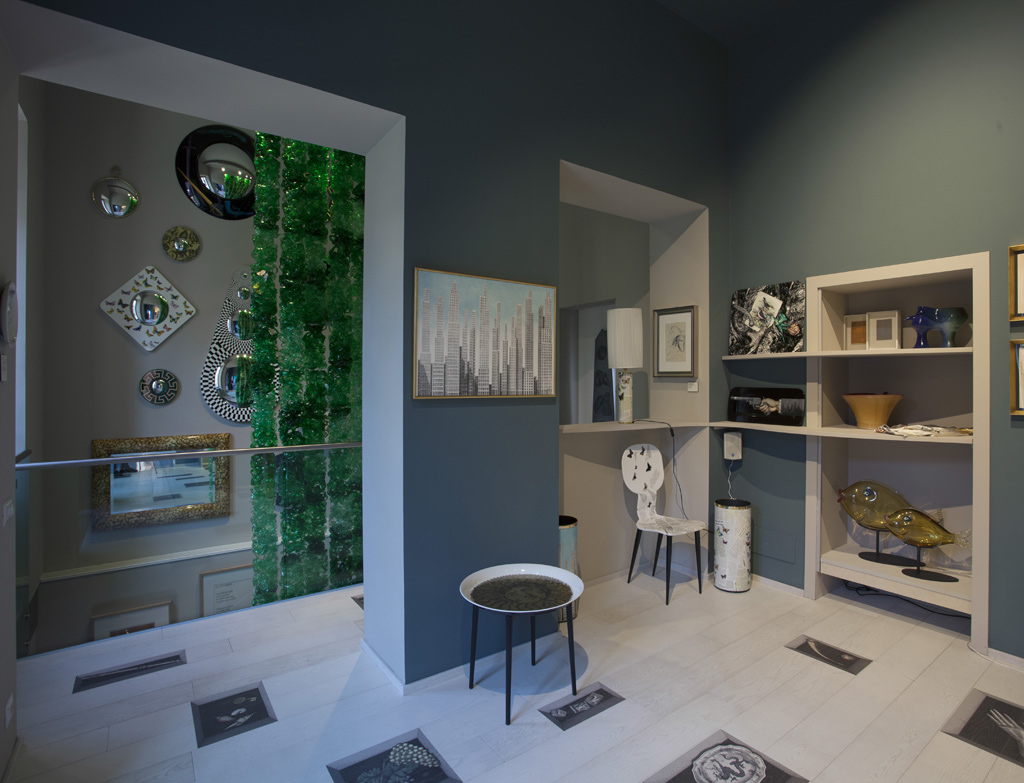

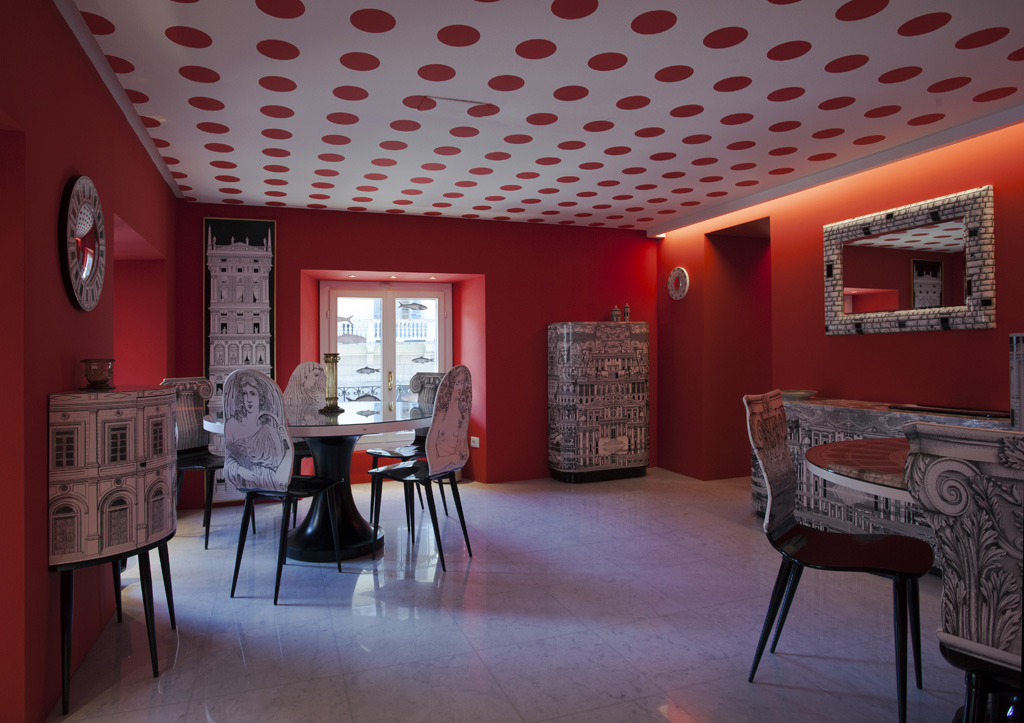
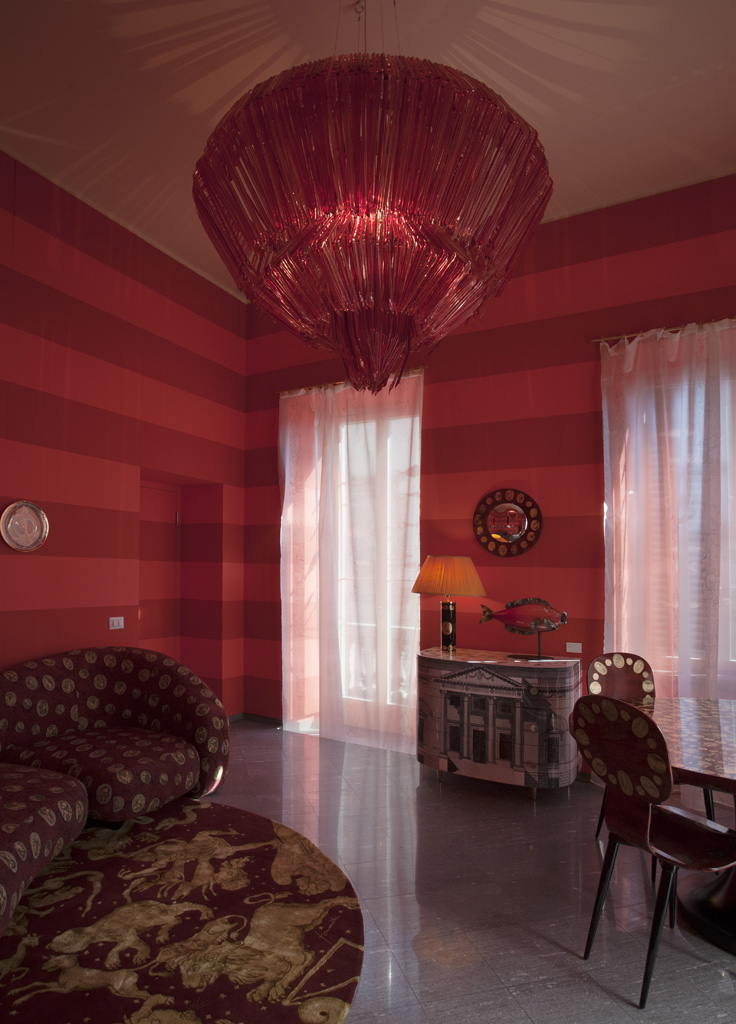
WHERE: Corso Venezia, Milano
“Imagination, fantasy, and creativity are always irresistible for the soul and spirit. Those who have these qualities are responsible for passing them on to others, fantasy breeds fantasy, and poetry breeds poetry constantly”. Piero Fornasetti
Fornasetti has a new abode on Milan’s Via Venezia. The neoclassical building used to house the young Filippo Tommaso Marinetti, founder of the Futurist movement who within the same walls, created the magazine “Poesia” in 1905. Each of the various rooms, spread over three floors, follows a colour scheme to better feature Fornesettian furnishings and accessories. Barnaba has brought Piero Fornasetti’s talent and vision of “imagination, fantasy and creativity” to life generously, as always, personally guaranteeing authenticity when narrating his father’s bizarre visual poetry. Thanks to Barnaba’s exceptional management, Piero’s animated talent, once thriving on Via Brera, has moved to a larger space where its varying examples are perfectly on display.

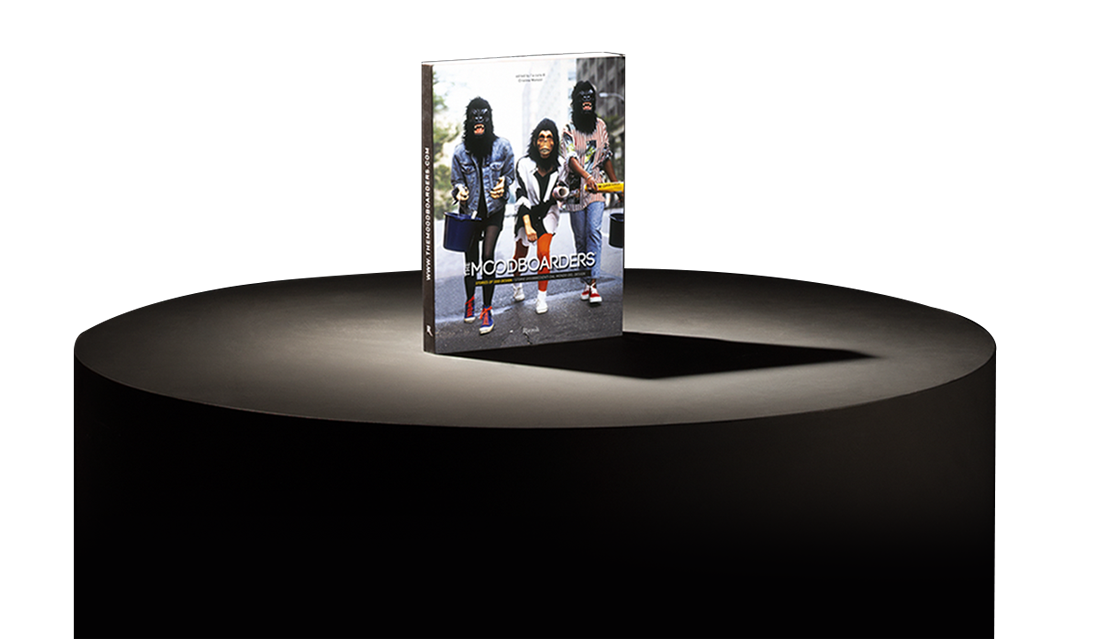

The Moodboarders is a glance into the design world, which, in all of its facets, captures the extraordinary even within the routine. It is a measure of the times. It is an antenna sensitive enough to pick-up on budding trends, emerging talents and neglected aesthetics. Instead of essays, we use brief tales to tune into the rhythm of our world. We travelled for a year without stopping, and seeing as the memory of this journey has not faded, we have chosen to edit a printed copy. We eliminated anything episodic, ephemeral or fading, maintaining a variety of articles that flow, without losing the element of surprise, the events caught taking place, and the creations having just bloomed.